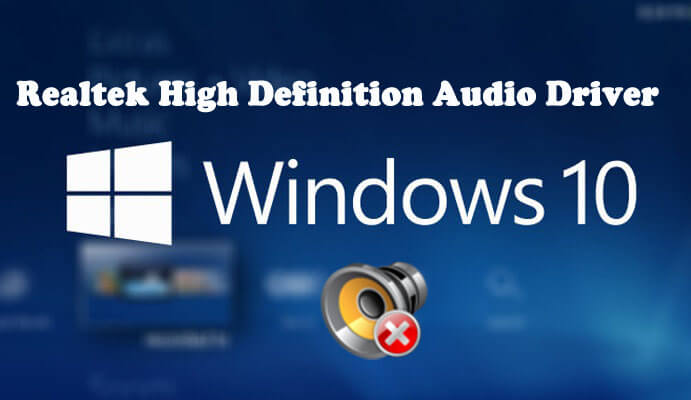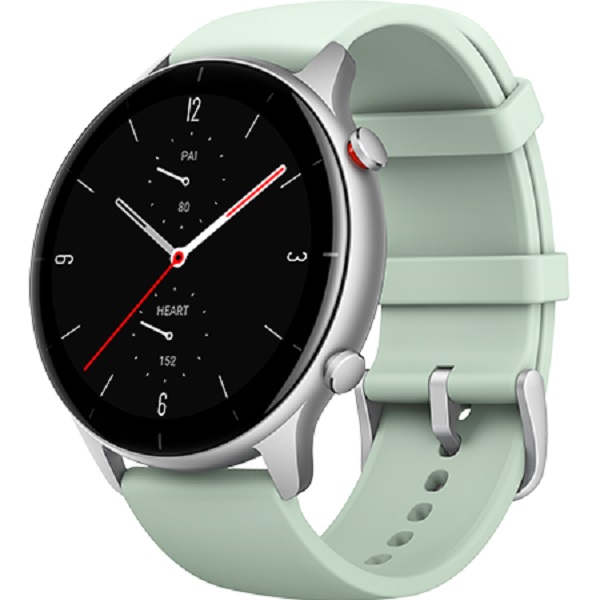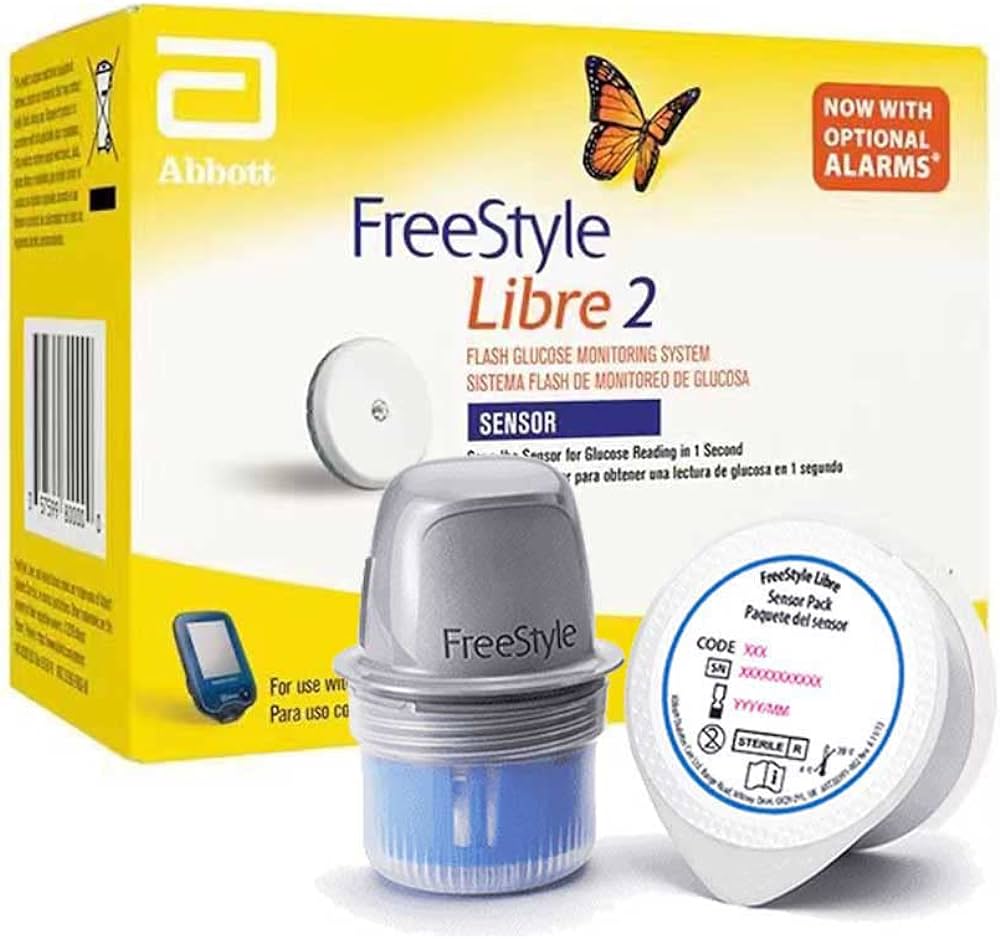If you’re a Windows user, you’ve likely encountered audio issues at some point. After a Windows update, it’s not uncommon for users to experience problems with their audio, leaving them without sound. If you’re facing Realtek audio driver problems on your Windows 10 computer, don’t worry – we’ve got you covered. In this comprehensive guide, we’ll walk you through the most common Realtek audio issues and provide practical solutions to fix them.
Common Realtek Audio Issues
Before we dive into the troubleshooting steps, let’s take a look at some of the common Realtek audio issues that Windows users often encounter:
- Missing Audio Manager Icon: Sometimes, the Realtek Audio Manager icon may go missing from the system tray, making it difficult to access audio settings.
- Conflicts with Preinstalled Microsoft Drivers: There can be conflicts between the preinstalled Microsoft drivers and the Realtek audio drivers, causing audio problems.
- No Audio Devices Installed: Windows 10 may display a message stating that no audio devices are installed, even though you have the Realtek audio driver.
- The Audio Service is Not Responding: This error message indicates that the Windows audio service is not running or not responding, resulting in no sound.
- No Sound: The most common issue is the lack of sound output from your speakers or headphones.
Now that we’re familiar with the common audio issues, let’s move on to the solutions.
Solution 1: Update Realtek Audio Driver
Outdated or incompatible drivers can often cause audio problems. To resolve Realtek audio driver issues, it’s essential to update the driver to the latest version. Here’s how you can do it:
- Press the Windows + X keyboard shortcut and select Device Manager from the menu.
- Scroll down and expand the Sound, video, and game controllers category.
- Right-click on Realtek Audio and choose Update driver.
- Select the option to automatically search for updated driver software.
Updating the Realtek audio driver manually can be a complex process, requiring you to gather information about your operating system and sound card. Alternatively, you can use a third-party driver updating utility like Advanced Driver Updater to simplify the process. This tool scans your system, identifies outdated drivers, and downloads and installs the latest compatible versions automatically.
Solution 2: Reinstall Realtek Audio Driver
If updating the driver doesn’t resolve the issue, you can try reinstalling the Realtek audio driver. Here’s how:
- Press Windows + X and select Device Manager.
- Expand the Sound, video, and game controllers category.
- Right-click on Realtek Audio or Realtek High Definition Audio and select Uninstall device.
- Tick the Delete the driver software for this device option and click Uninstall.
- Restart your computer to automatically reinstall the Realtek audio driver.
If the driver doesn’t reinstall automatically, you can visit the official Realtek website, locate the appropriate driver for your system, and manually install it.
Solution 3: Run Windows Update
Sometimes, Realtek audio driver issues can stem from compatibility problems between the driver and the Windows operating system. Running Windows Update can help ensure that your OS is up to date with the latest patches and fixes. Here’s how you can do it:
- Press Windows + I to open Windows Settings.
- Click on Update & Security and navigate to the Windows Update section.
- Click on Check for updates to search for and install any available updates.
Updating your Windows 10 system may resolve any compatibility issues and ensure that your Realtek audio driver works smoothly.
Solution 4: Disable Audio Enhancements
Audio enhancements can sometimes interfere with the proper functioning of the Realtek audio driver. Disabling these enhancements may help resolve the audio issues. Follow these steps to disable audio enhancements:
- Press Windows + R, type control panel, and press Enter to open the Control Panel.
- Navigate to Hardware and Sound > Sound.
- Right-click on the default audio device (usually labeled as Realtek Digital Output) and select Properties.
- Go to the Enhancements tab and check the box next to Disable all sound effects.
- Click OK to save the changes.
Disabling audio enhancements should eliminate any conflicts and ensure that your Realtek audio driver functions properly.
Solution 5: Perform a System Restore
If all else fails, you can try performing a system restore to revert your computer to a previous state when the Realtek audio driver was working correctly. Here’s how you can do it:
- Press Windows + R, type rstrui.exe, and press Enter to open the System Restore window.
- Follow the on-screen instructions to choose a restore point from a date when the audio driver was functioning correctly.
- Confirm your selection and proceed with the system restore process.
Please note that performing a system restore will revert your computer to an earlier state, so make sure to back up any important files before proceeding.
Additional Tips and Tricks
Here are a few additional tips and tricks to help you resolve Realtek audio driver issues in Windows 10:
- Check your speaker and headphone connections to ensure they are properly plugged in.
- Make sure the volume is not muted and that the correct output device is selected.
- Try using a different audio port or alternate speakers/headphones to rule out any hardware-related issues.
- Scan your computer for malware or viruses that may be affecting the audio functionality.
- If you’re using a desktop computer, check the BIOS settings to ensure that the audio is enabled.
By following these troubleshooting steps and tips, you should be able to resolve most Realtek audio driver issues on your Windows 10 computer. If the problem persists, it may be worth consulting a professional technician for further assistance.
Remember, maintaining up-to-date drivers is crucial for optimal system performance and stability. Regularly check for driver updates and consider using a reliable driver updating tool like Advanced Driver Updater to simplify the process and ensure that your drivers are always up to date.
Experiencing difficulties with your Device, check out our “How To” page on how to resolve some of these issues.







